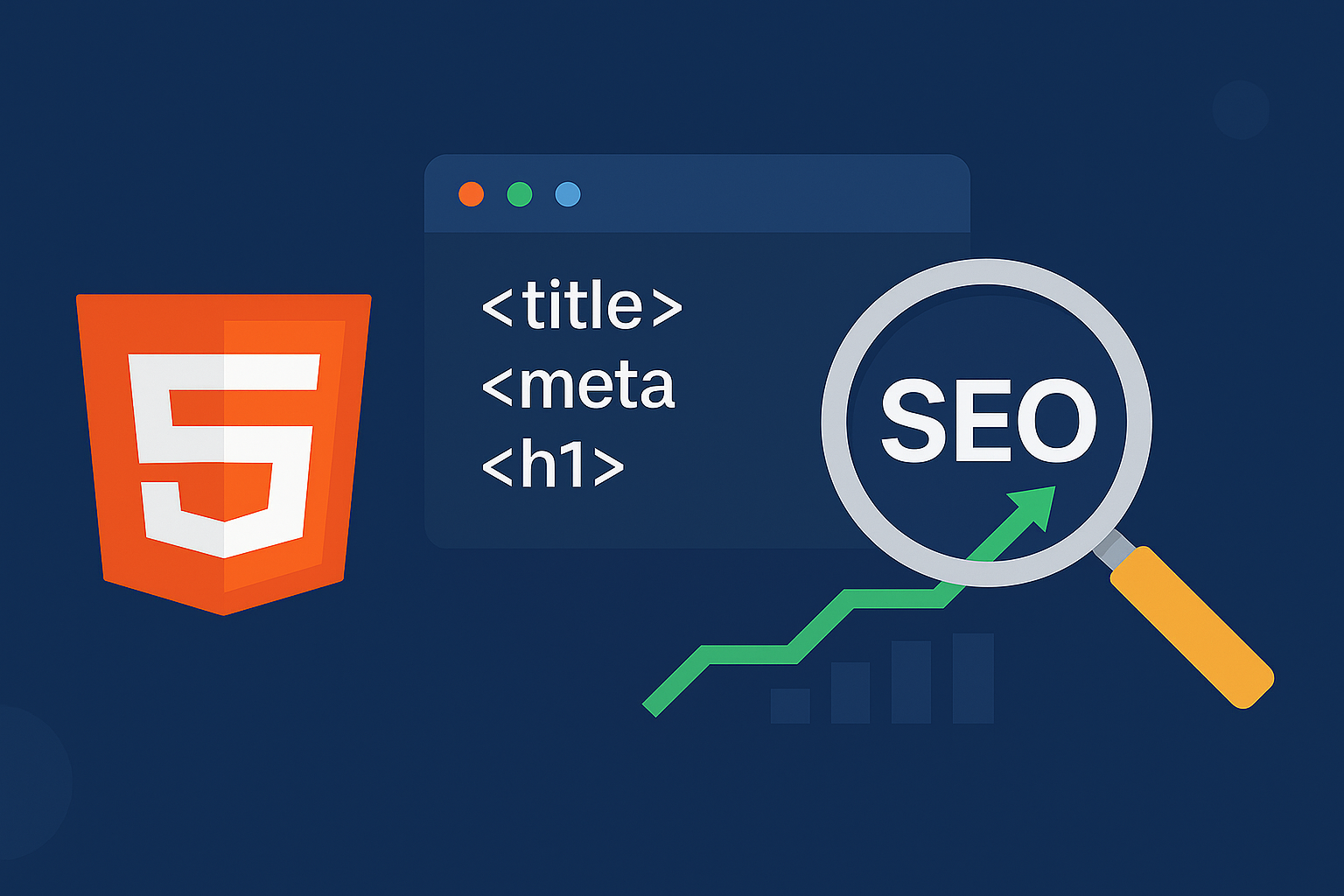HTML SEO: The Unsung Hero of Search Rankings

Everyone talks about keywords and backlinks, but let’s not forget the backbone of SEO: clean, optimized HTML.
Here’s why HTML still matters — and how I keep it sharp for SEO:
Title Tags
→ Arguably the #1 on-page SEO signal.
→ Keep it unique, keyword-focused, and under ~60 characters.
<title>HTML SEO Specialist | Ven Wong</title>Meta Descriptions
→ Not a direct ranking factor, but crucial for CTR.
→ Aim for 150–160 characters that entice users to click.
<meta name="description" content="Learn essential HTML SEO techniques to boost your website’s visibility and rankings.\">
Headings (H1, H2, H3)
→ Structure matters—for users and search engines.
→ Use one H1 and logical subheadings.
<h1>HTML SEO Guide</h1>
<h2>Why HTML Matters for SEO</h2>Alt Text for Images
→ Helps with accessibility and image SEO.
→ Keep it descriptive and relevant
<img src="seo.jpg" alt="Diagram explaining HTML SEO fundamentals">Canonical Tags
→ Avoid duplicate content issues by declaring the preferred page version.
<link rel="canonical" href="https://www.venwong.site/blog/html-seo-the-unsung-hero-of-search-rankings">
Robots Meta Tag
→ Control what search engines index—or keep private pages out of search results.
<meta name="robots" content="noindex, nofollow">Clean, Semantic HTML
→ Helps search engines understand page context.
→ Keeps code lightweight and fast-loading.